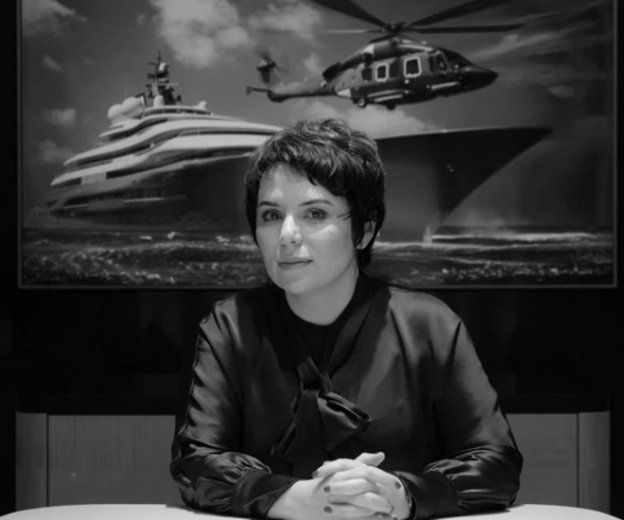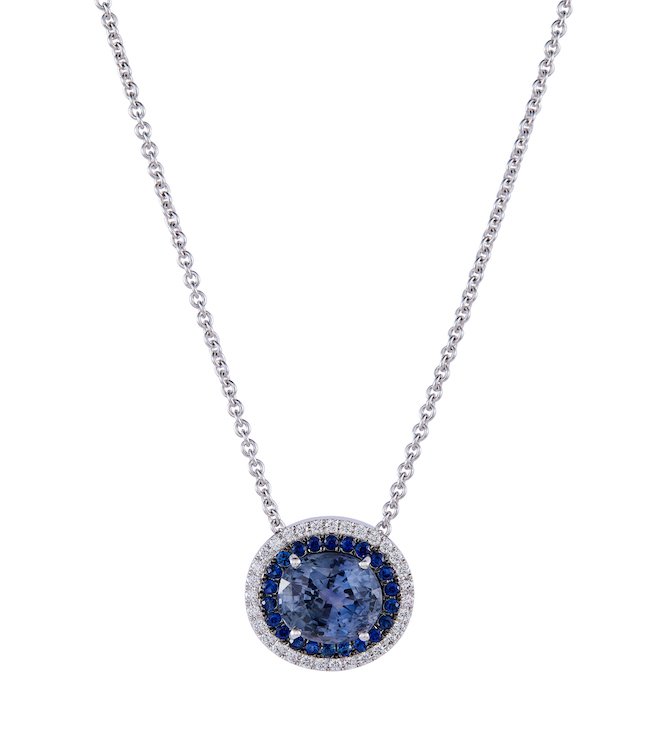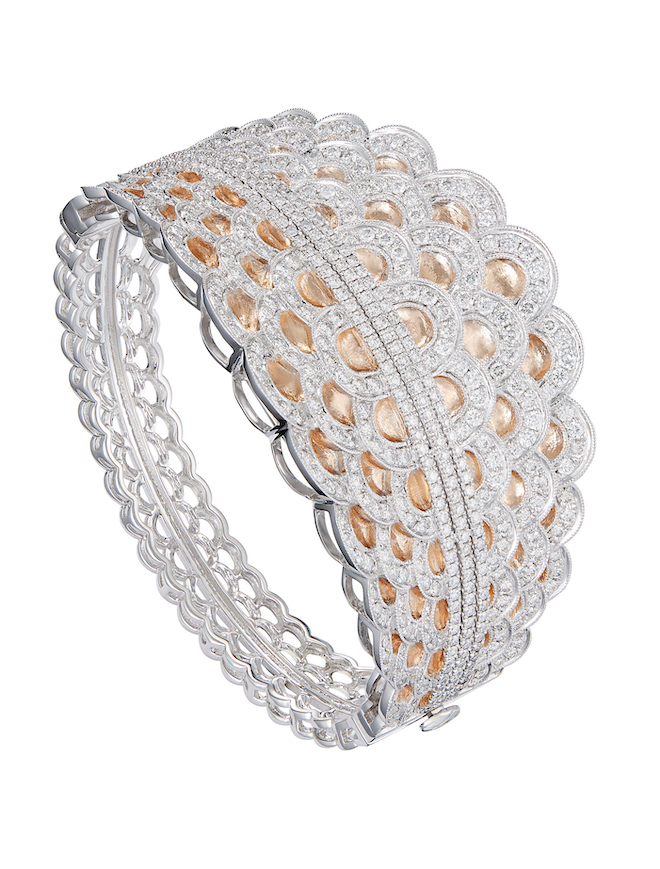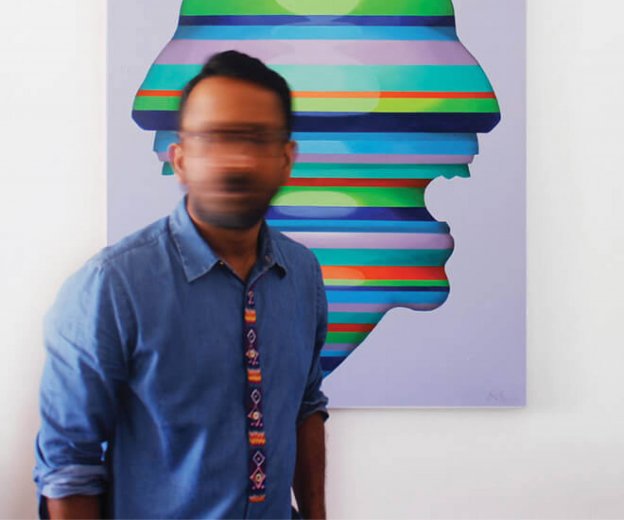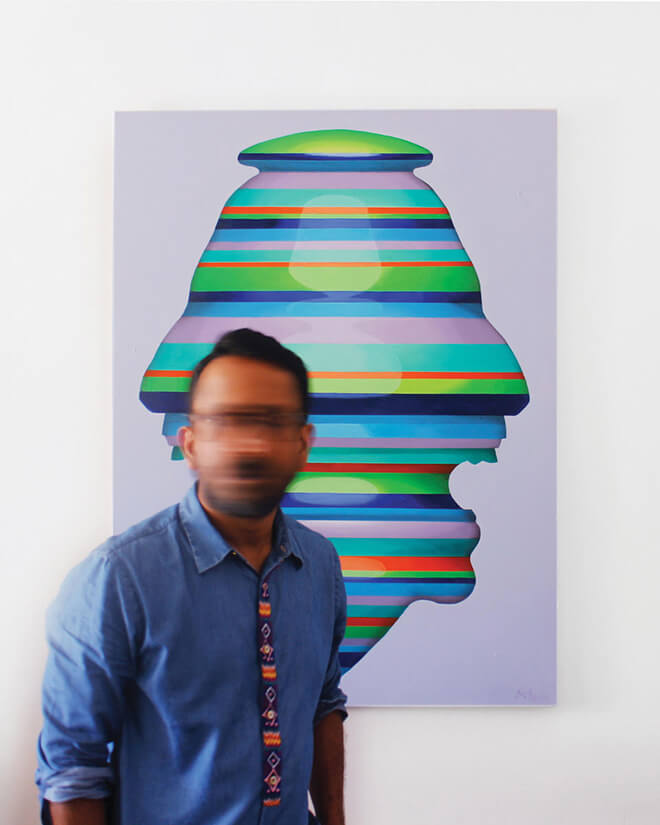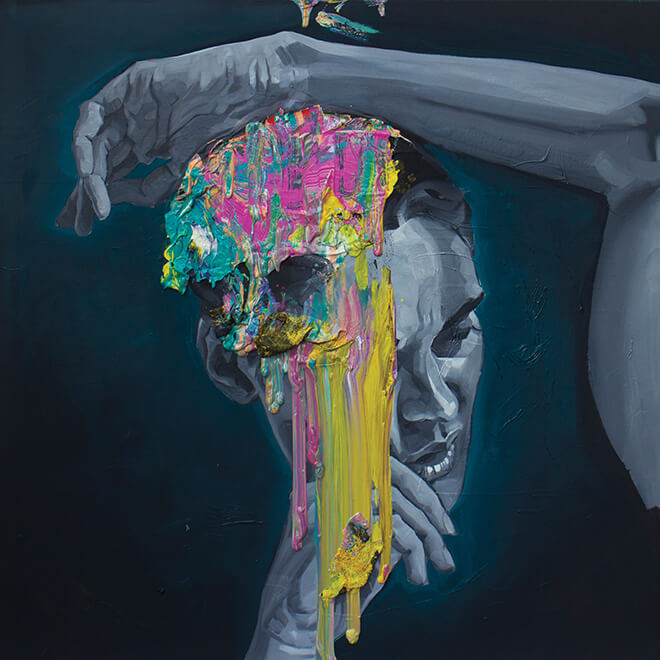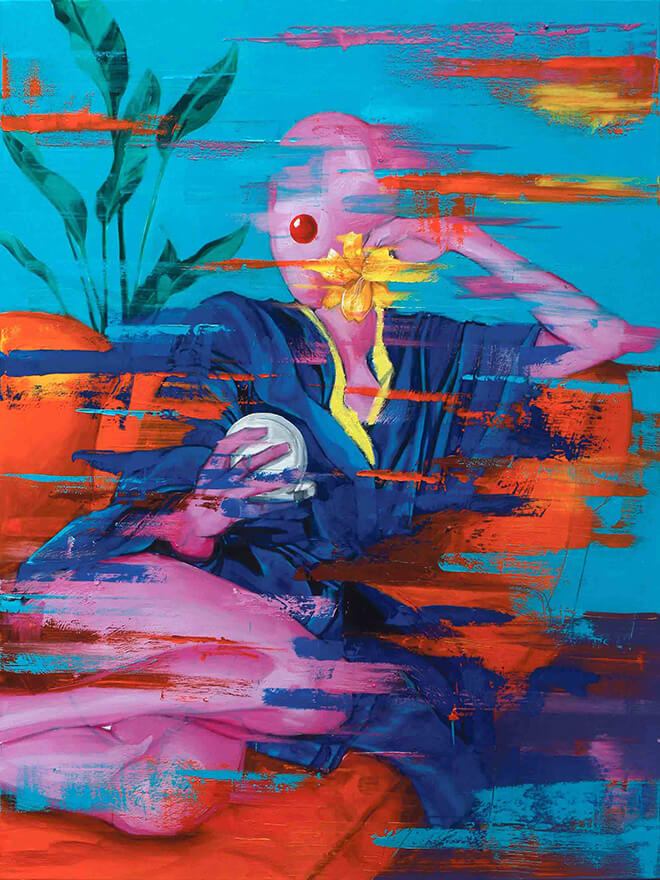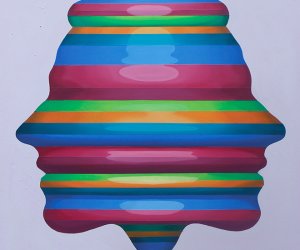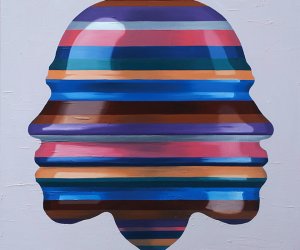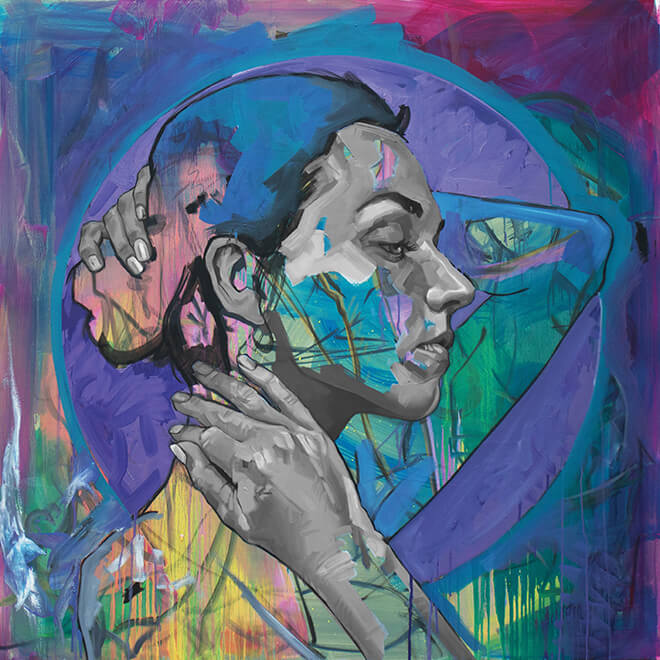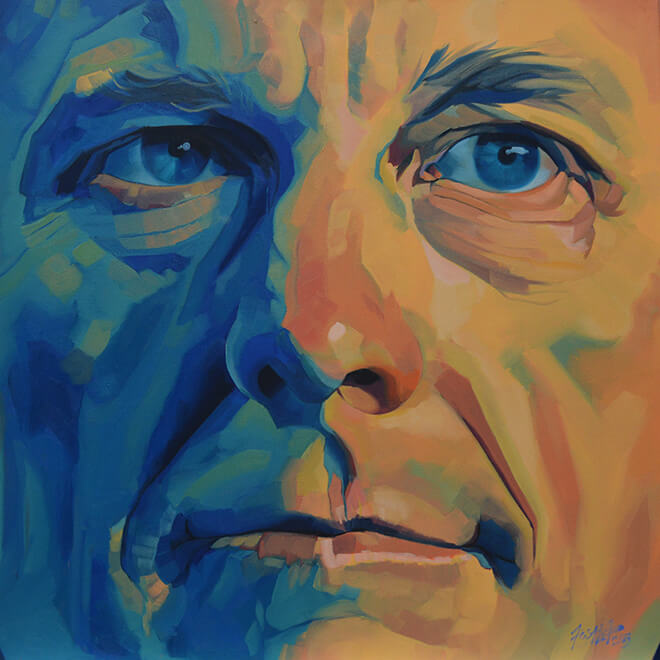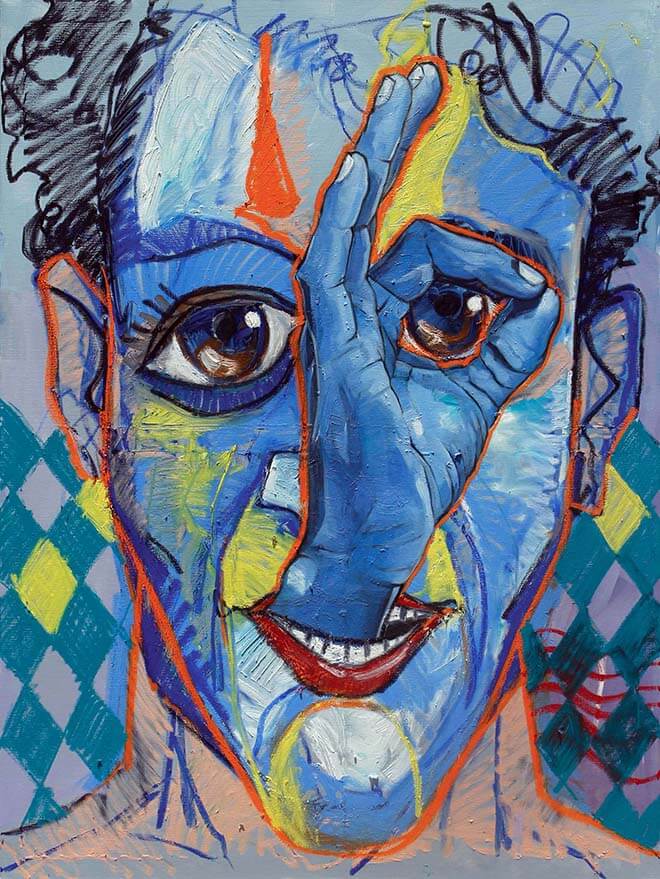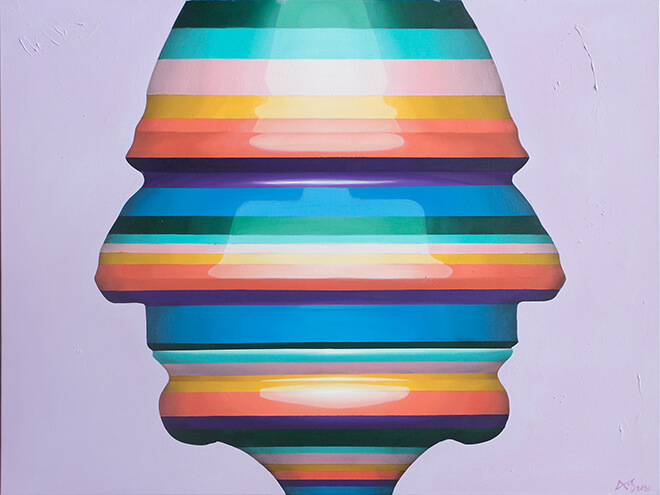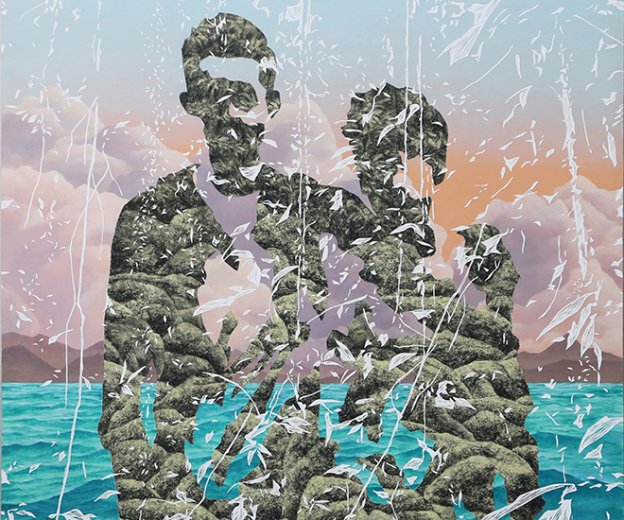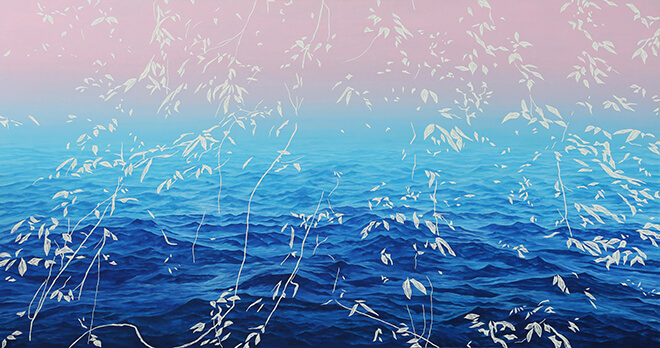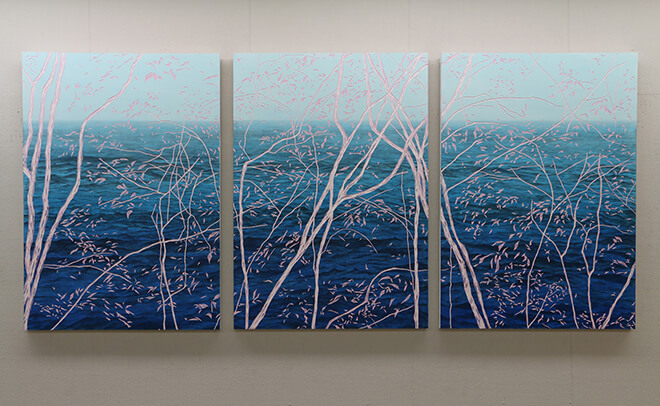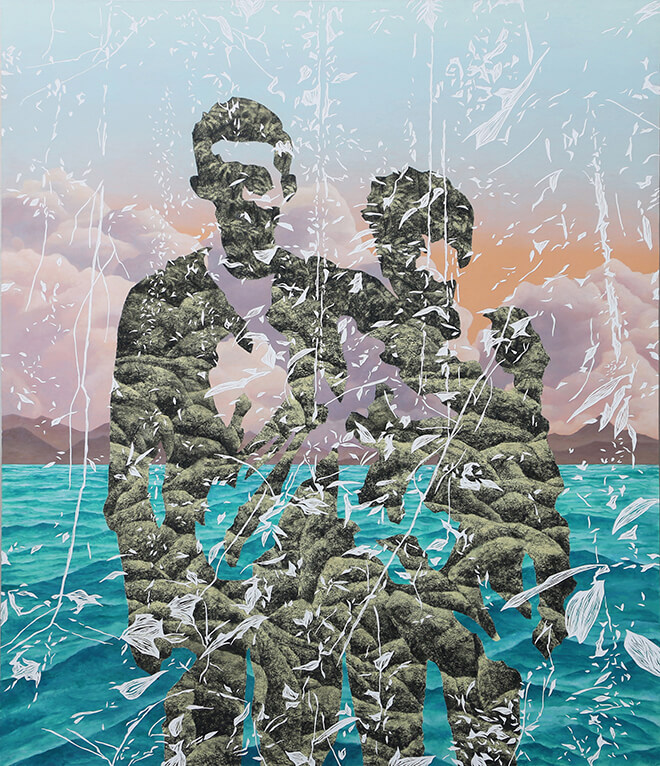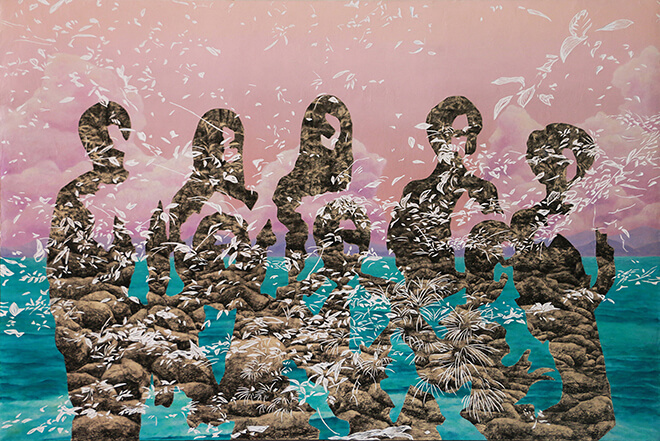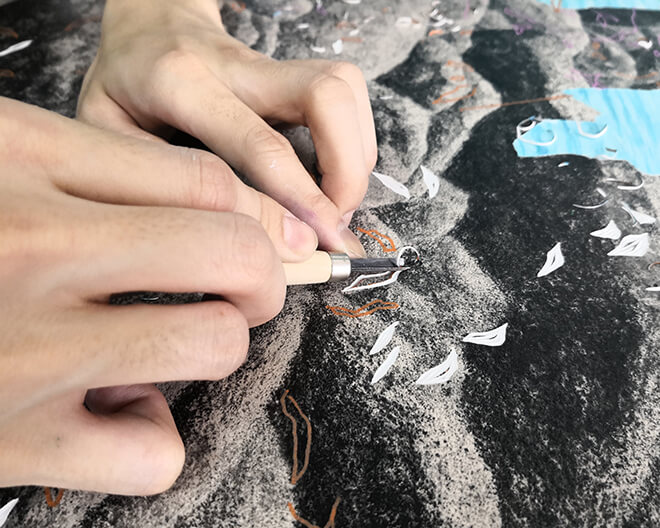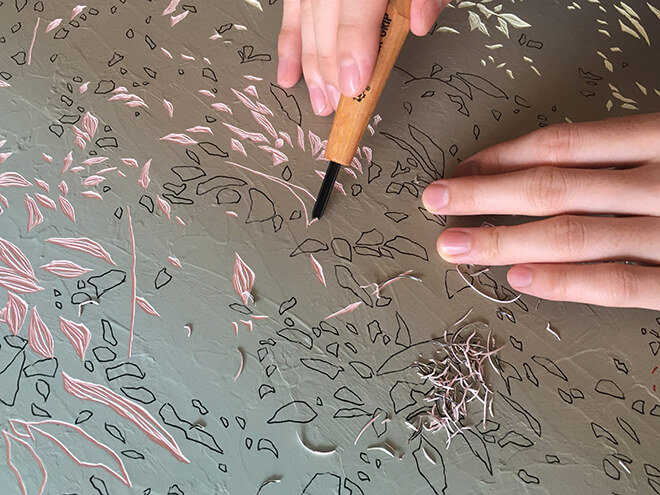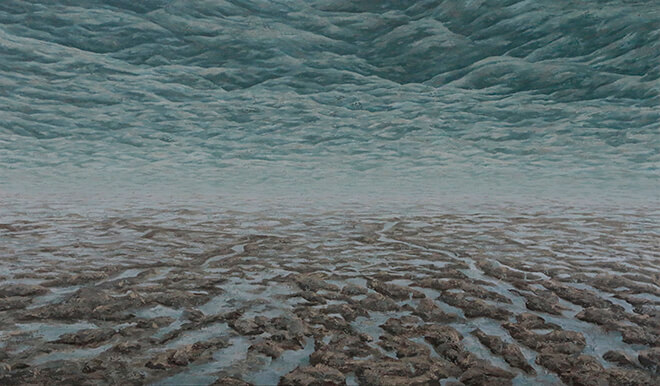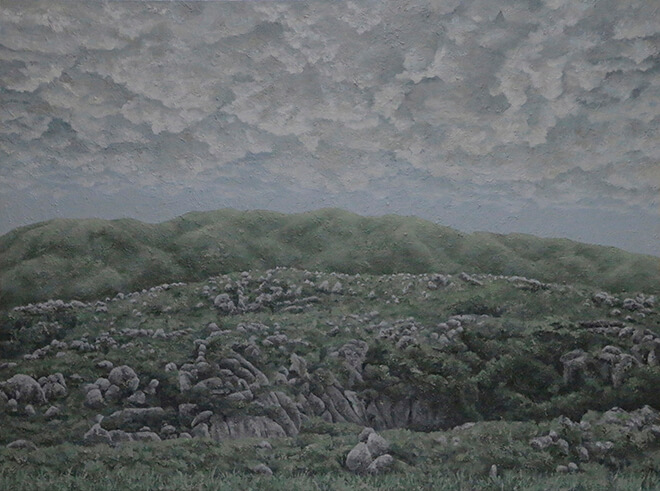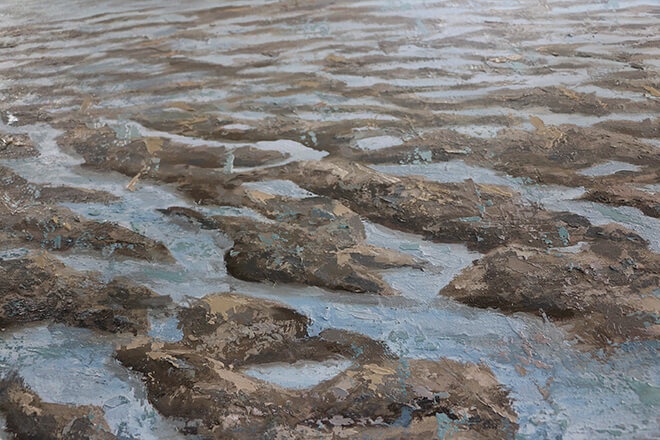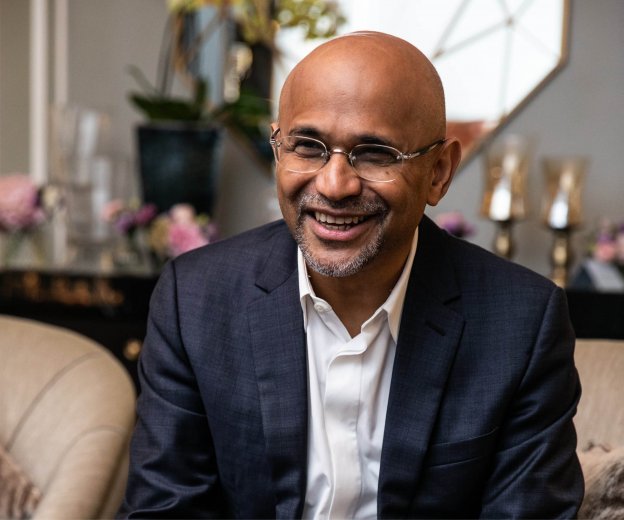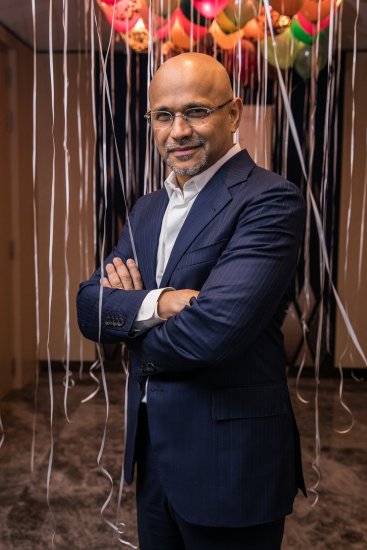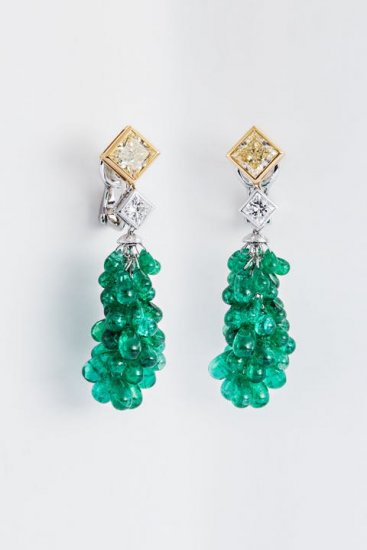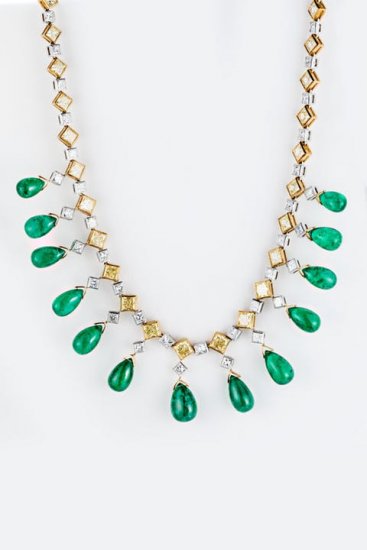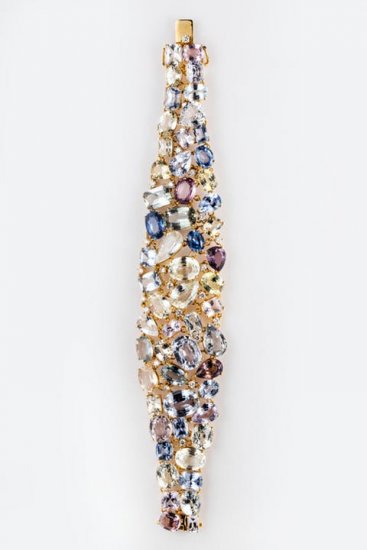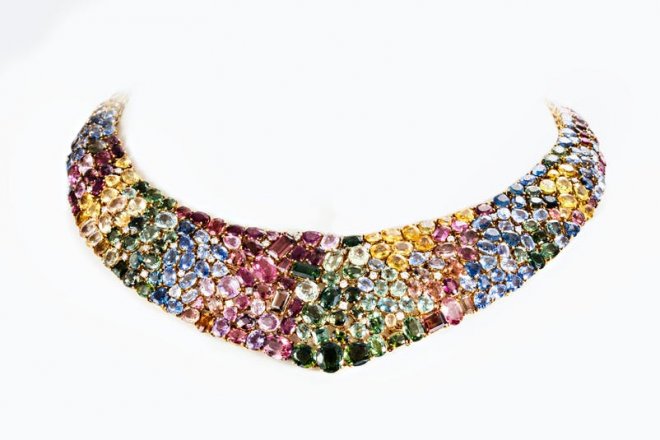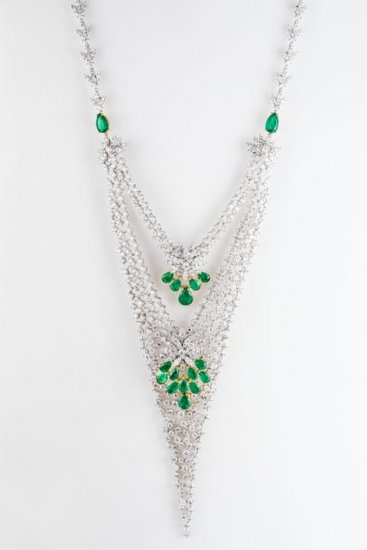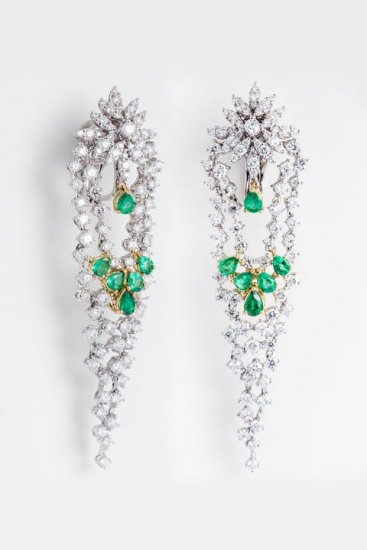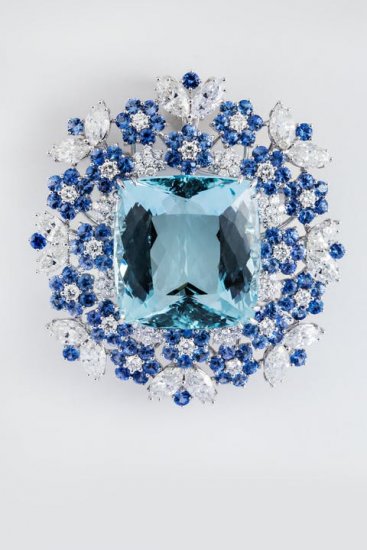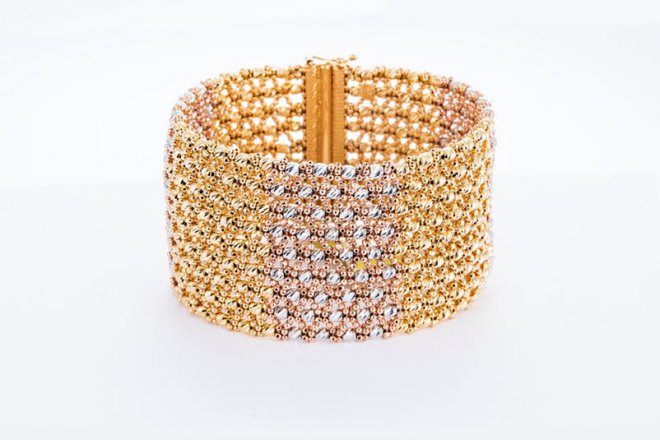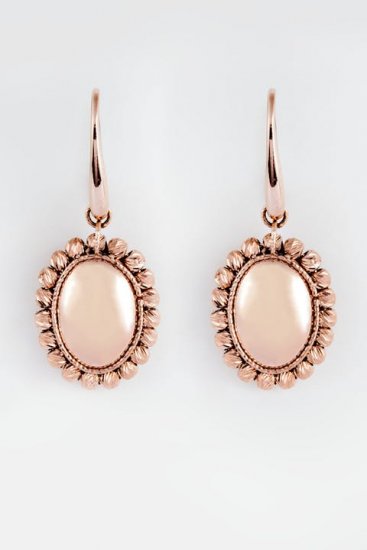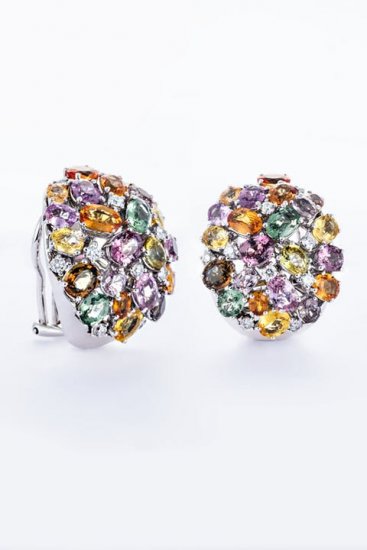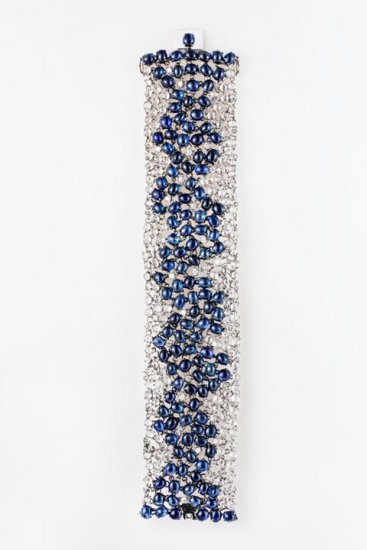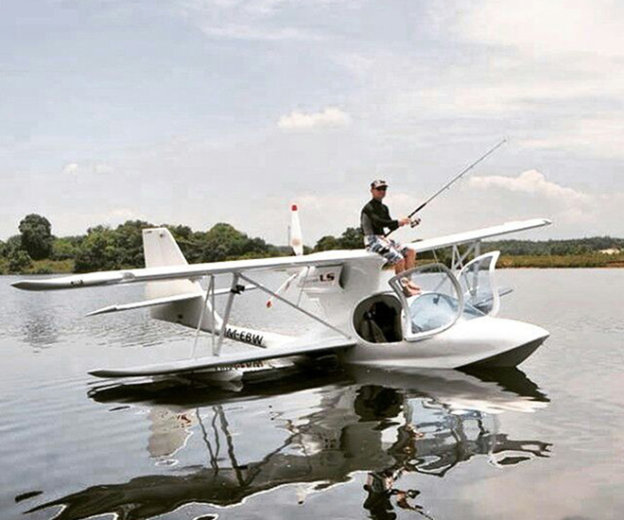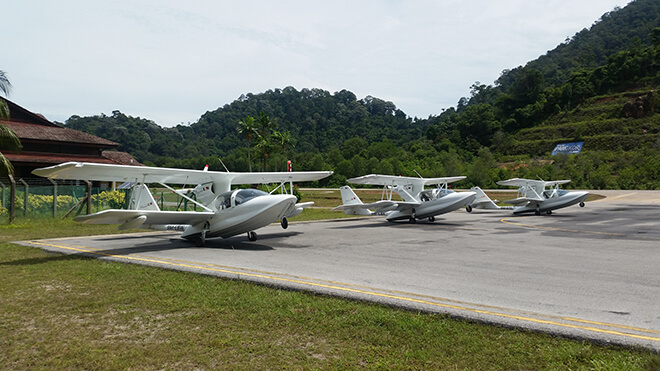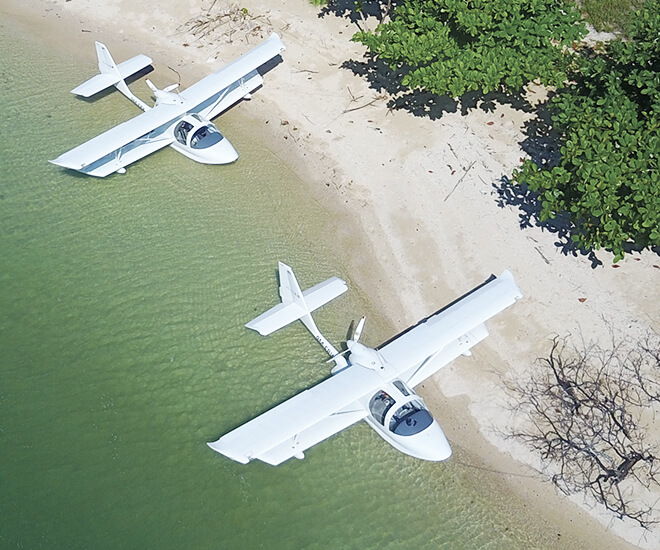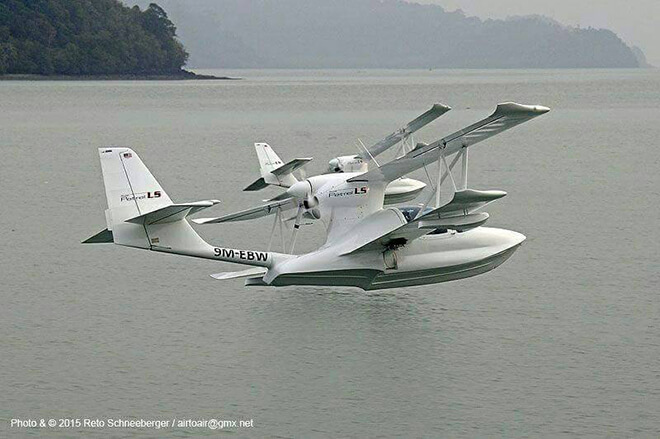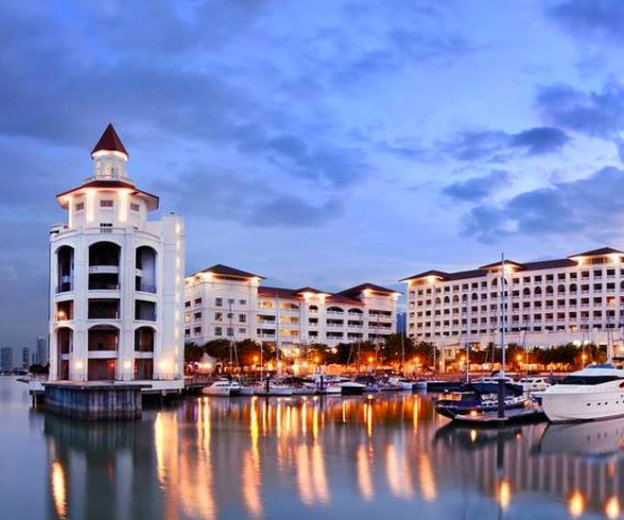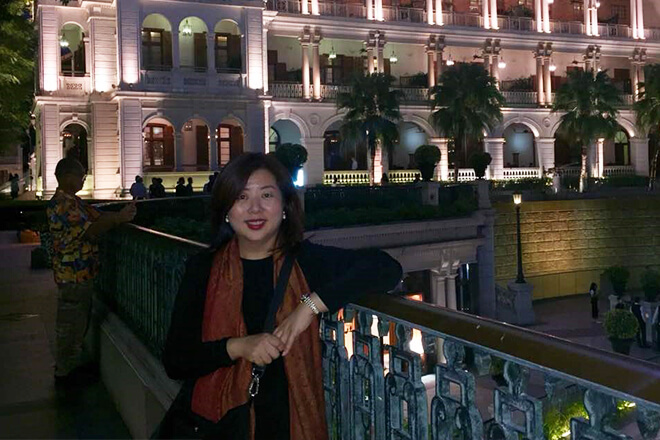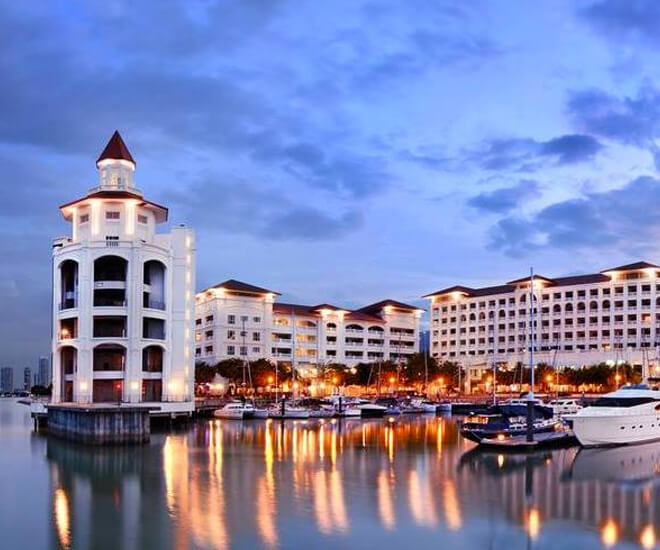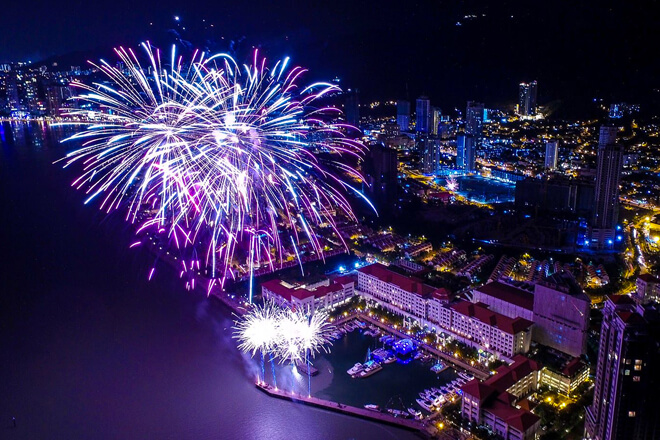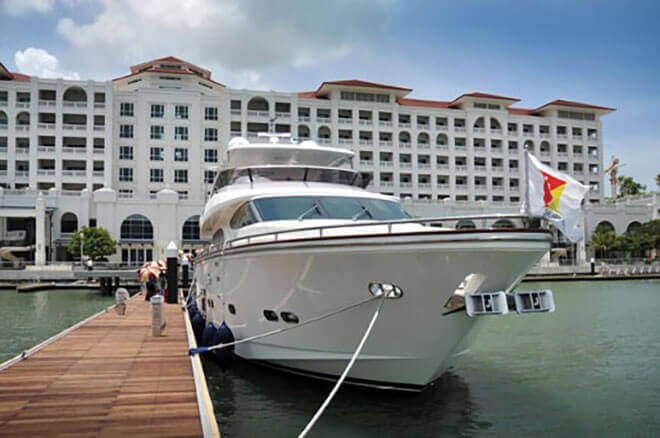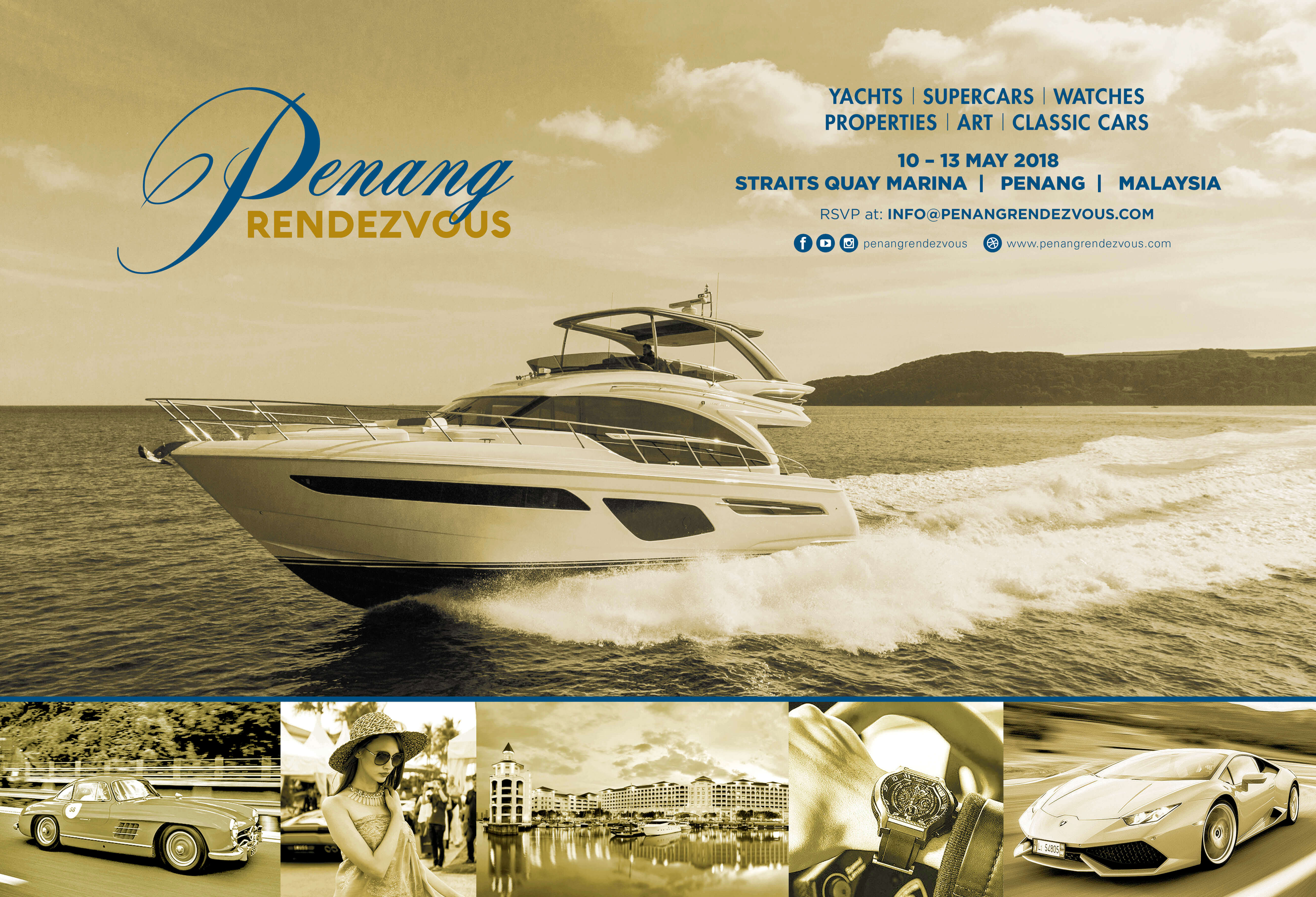Can you paint an overview of Imperial and how it has become associated with so many of the biggest superyacht projects?
We believe in a detail-orientated approach as we are handling legendary superyachts. We leave nothing to chance and supervise every detail. Our yachts are very popular choices for charter because of high service standards, safety without compromises and perfect technical condition.
Our Monaco office is the heart of our activity and we also have offices located at leading shipyards in Germany, Netherlands and Italy to supervise new builds and refits on a day-to-day basis to protect owners’ interests. We have large new build and operational teams managing over 1,000 crew members worldwide. In addition, we have skilled HR and in-house legal teams.
How has Imperial’s business changed in the last few years as you’ve become known for working with some of the world’s biggest new superyachts?
We have sold more new-build projects and are currently supervising constructions at major European yards. Imperial is doing more hulls in the 100m-plus segment because we have proven management expertise and the specialist knowledge to control budgets as well as deliver the best result for the owners.

Imperial is the exclusive charter agent for the 136m Flying Fox, built by Lürssen; © Imperial Yachts (Photo: Guillaume Plisson)
Our delivered yachts speak for themselves. Imperial supervised construction and are Exclusive Central Charter Agents for Lana (Benetti 107m) and Flying Fox (Lürssen 136m). Furthermore, we are also experts in new construction such as Amadea (Lürssen 106.1m).
How would you rank the value of your various business divisions?
Imperial does not rely on one area of business, yet we have a firm core foundation based on the supervision of new builds and management, as well as strong sales and charter departments.
What are some of the projects that have elevated Imperial in term of recognition and earned the respect of your competitors?
Imperial respects the success of all brokerage firms as we believe healthy competition inspires us to do our best, not simply ‘good enough’. Imperial is unique because we have delivered more new build projects than any other brokerage house in the past decade.
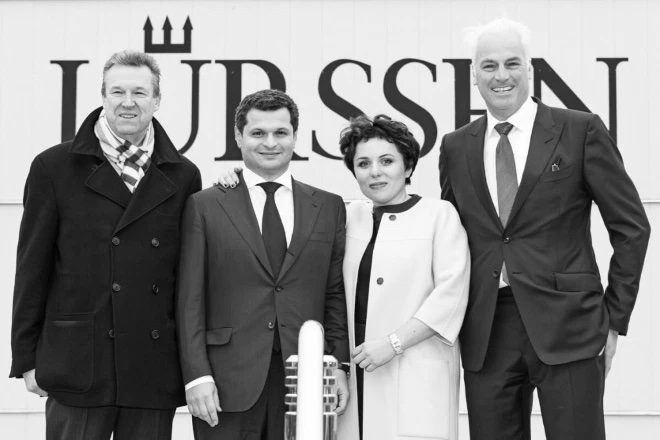
Friedrich Lürssen, Imperial CEO Evgeniy Kochman, Julia Stewart and Peter Lürssen
We have technical, operational and interior managers that follow a meticulous management style. Our success stands out among the industry , with vessels such as Flying Fox, Lana, RoMEA (Abeking & Rasmussen 81.8m) and Lili (Amels 55m) creating a new standard of charter. Imperial is the owner’s representative and supervisor for operational, technical and interior aspects.
Imperial is smaller than some other companies in your sector. Would you like to scale up in terms of staffing and offices?
We utilise a different strategy as we have less sales offices but more on-site offices at major German, Dutch and Italian shipyards. Imperial supervises the new construction from these offices and therefore has real-time updates and can facilitate the owner’s requests right away.
Having all hands on deck is a real strength of ours. With the development of Covid-19, it became even more evident that we do not need many sales offices to succeed but we must have substance and a strong operational core.
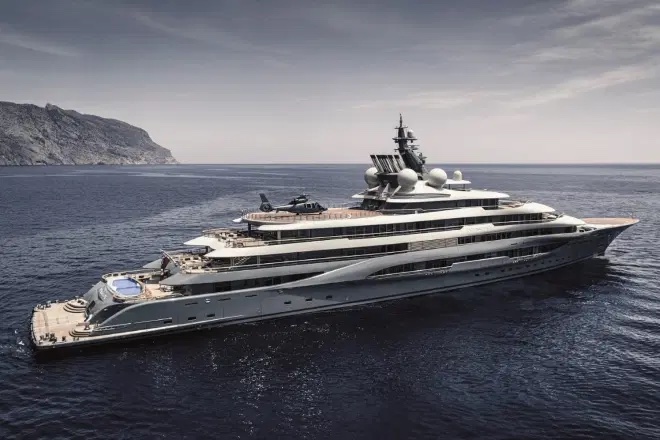
Flying Fox features exterior styling by Monaco-based Espen Øino; © Imperial Yachts (Photo: Guillaume Plisson)
Which builders have you worked with most often in new builds?
Imperial has had the privilege to work with pioneers among the leading European shipyards. We have learnt from each other and share the same qualities of being detail-orientated, as well as to always protect the owner’s interest. In close collaboration with these shipyards, we have set high expectations and standards with the yards we choose to work with in the future.
Can you tell us about Imperial’s role as owner’s representative and build supervisor for the 120m Project Signature with Amels/Damen?
Imperial has a long-standing relationship with Amels/Damen as together we have built over 10 successful hulls over the past years . We have huge respect for the leaders of the Damen family and high regard as to how they support their clients with warranty and assistance. We firmly believe that Amels/Damen was the right shipyard for this ingenious vessel. Project Signature will raise the bar for design complexity within the yachting industry.
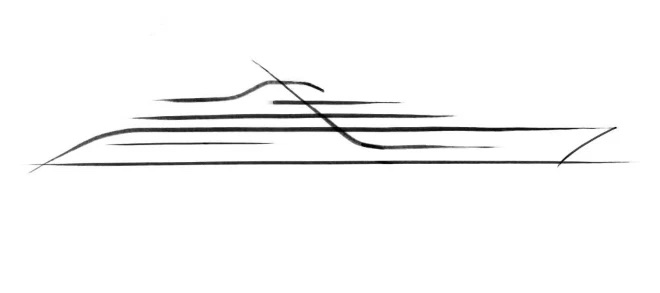
Imperial is the owner’s representative and build supervisor for the 120m Project Signature designed by Espen Øino
Project Signature will be a ‘green’ superyacht prepared for the Lloyd’s Register of Shipping EP (Environment Protection) notation, powered by diesel-electric engines and Azipod propulsion. Do you notice more owners showing more interest in the environment?
As a result of constructing larger vessels, future owners will continue to seek out new destinations and new platforms for adventure. With a shift in demographic, younger clients are looking for more experience-led activities through unique itineraries and on-board amenities. Wanderlust also comes with a desire to be environmentally conscious.
Our oceans, marine life and the surrounding shores are under threat. Today, the industry is more in tune with the climate change and clients request or are open to innovative engineering solutions or sustainable yacht designs with the end goal of reducing their yachting footprint.
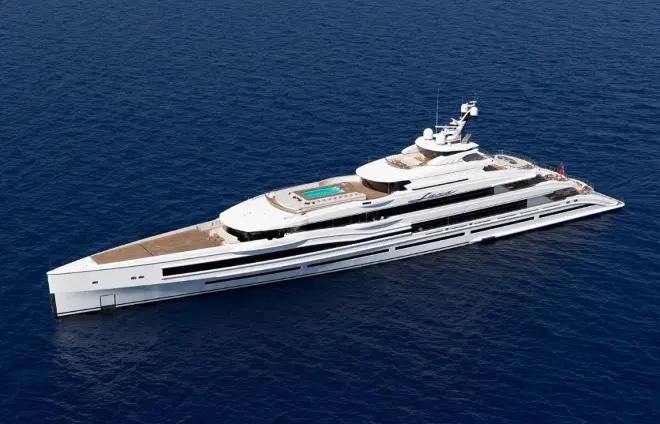
Imperial is the exclusive central charter agent for Lana, the 107m Benetti build delivered in 2020; © Imperial Yachts (Photo: Breed Media)
Can you tell us anything about other upcoming builds that Imperial are involved in?
Imperial is dedicated to the protection of our client’s confidentiality. Imperial can confirm we have major new construction projects at leading German, Dutch and Italian shipyards. All I can say is, stay tuned!
Espen Øino designed Project Signature, Flying Fox and many other builds Imperial has worked on. Why does the company have such a special relationship with him?
Imperial is a Monaco-based company and is proud to have Monaco as part of its company heritage. We firmly believe in supporting the local economy and working with local talent. Espen Øino is the man behind some of the most iconic superyachts. He has an extraordinary talent and is effectively in sync with Imperial.
Building a superyacht to fit your needs is an exciting experience. The first footstep to constructing a new vessel is to find the right designer who understands your requirements. Espen’s success is how he manages expectations, establishes priorities and finds the balance between each space on board. In partnership with Espen Øino, Imperial has delivered many recognisable superyachts such as Amadea and Flying Fox.
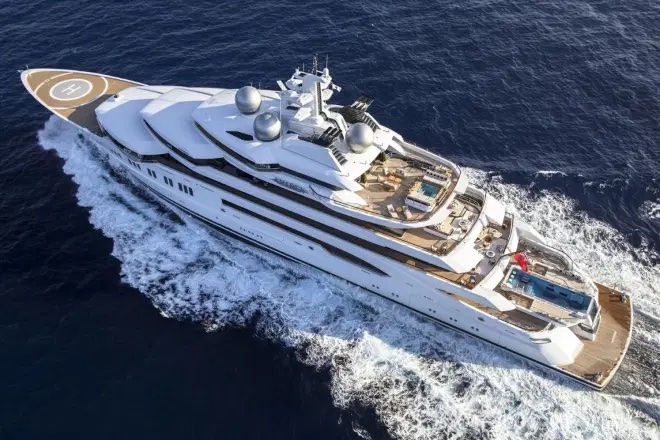
The 106.1m Amadea, designed by Espen Øino and built by Lürssen, is exclusively listed for sale with Imperial; © Imperial Yachts (Photo: Guillaume Plisson)
How has Covid changed your business and impacted the different sectors of your business?
Covid-19 has been a major challenge for everybody. Nobody is exempt. We were the first management company to do mass testing for all crew on a regular basis to ensure the safety of guests and crew. Imperial developed Covid-19 prevention measures for the managed fleet. Given the high standards of safety on board the managed fleet, all charter yachts managed by Imperial are in high demand.
With the closure of many destination retreats, Imperial has found the perfect answer for those who are seeking a place to detach and improve their wellbeing while being in a clinically clean environment.
The wellness centres on board Flying Fox and Lana incorporate all aspects of personal wellness, using both a holistic and scientific approach. Imperial’s charter team has carefully selected safe destinations to charter where guests can choose how much interaction they want with life on land while adhering to local Covid regulations.
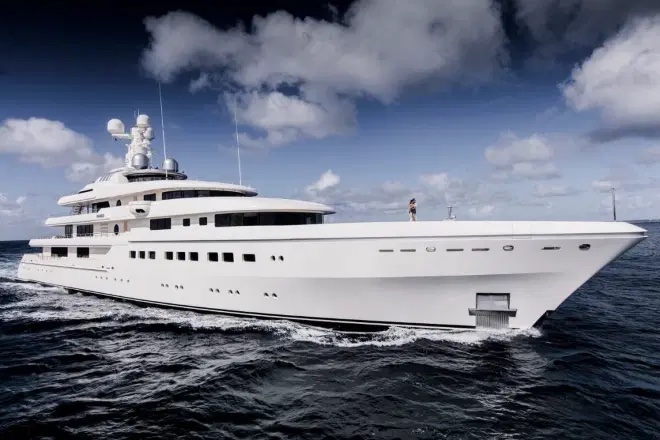
The 82m RoMEA was built by Germany’s Abeking & Rasmussen and is part of Imperial’s charter fleet; © Imperial Yachts (Photo: Guillaume Plisson)
Overall, what do you think are the biggest challenges to the superyacht industry?
Indeed, the global recession presents new complexities to the superyacht industry. In our opinion, true professionals that are meticulous in advancing in operational and new build management will prevail. Overall, the quality and expertise of the industry will gradually improve.
What more should the superyacht industry be doing to make the yachts and their operations more environmentally friendly?
Technological advances in design and build of superyachts has helped bring more sustainable solutions on board. More money and time are being spent on building greener vessels to lessen their impact on the marine environment. This is encouraging and demonstrates that technology can help. Imperial is providing its support by partnering with Blue Marine Foundation (BLUE) and joining the Blue Marine Yacht Club (BMYC) to help save and protect our ocean.
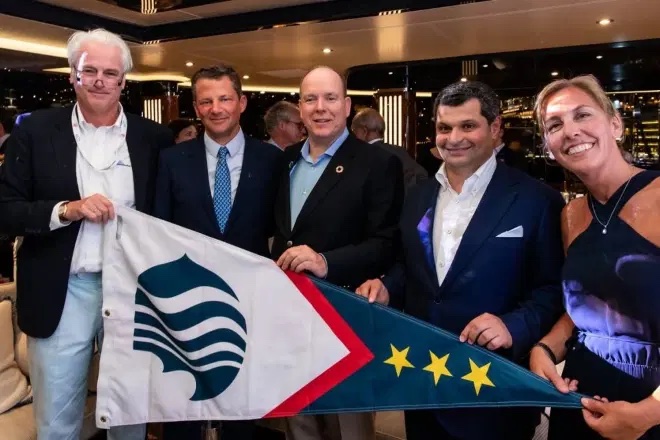
BLUE’S BMYC private event on board Amadea in 2019, kindly supported by Imperial and Lürssen, was the most successful BMYC event that BLUE has held to date. The event was extremely well attended with BMYC supporters and new supporters from the industry. A large sum of money was raised that night including a very large donation by Imperial.
The evening marked a turning point in financial support for many of BLUE’s projects, especially its work in the UK Overseas Territories and Ascension Island.
What are the biggest opportunities for growth in the superyacht sector in the coming years?
We live in a world where the only constant thing is change. Developments in technology allow the ability to innovative and enhance just about any sector. The yachting industry is no exception. At Imperial, ‘Luxury Yachting 360 degrees’ is not just our company motto, it is what sets us apart. We provide a full-spectrum approach from initial concept, finance, design and construction to management, charter, maintenance and marketing.
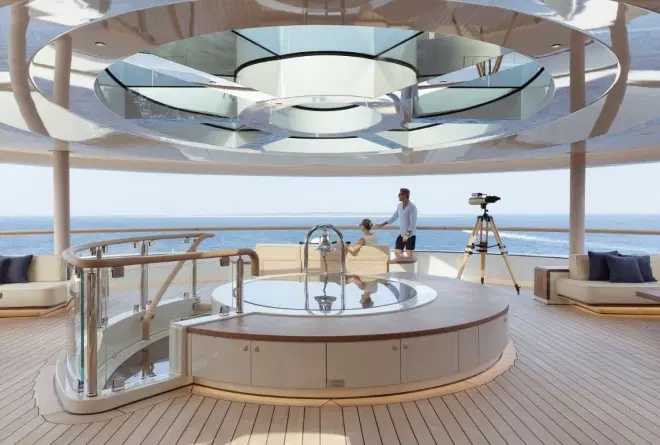
‘Luxury Yachting 360 degrees’ is Imperial’s motto
What are your plans for the coming years?
Imperial has changed the future of yachting by delivering some of the most advanced superyachts. Imperial orchestrates the relationship between client, designer and shipyard, so we will continue with our proactive and inspired approach to superyachts delivered and currently in construction.
We push boundaries with the future in mind. We have a detail-orientated approach in everything we do including new build supervision at major yards, operational and technical management, and a very successful charter operation.
Visit imperial-yachts.com to discover more.
This article was originally published on www.luxuo.com.
